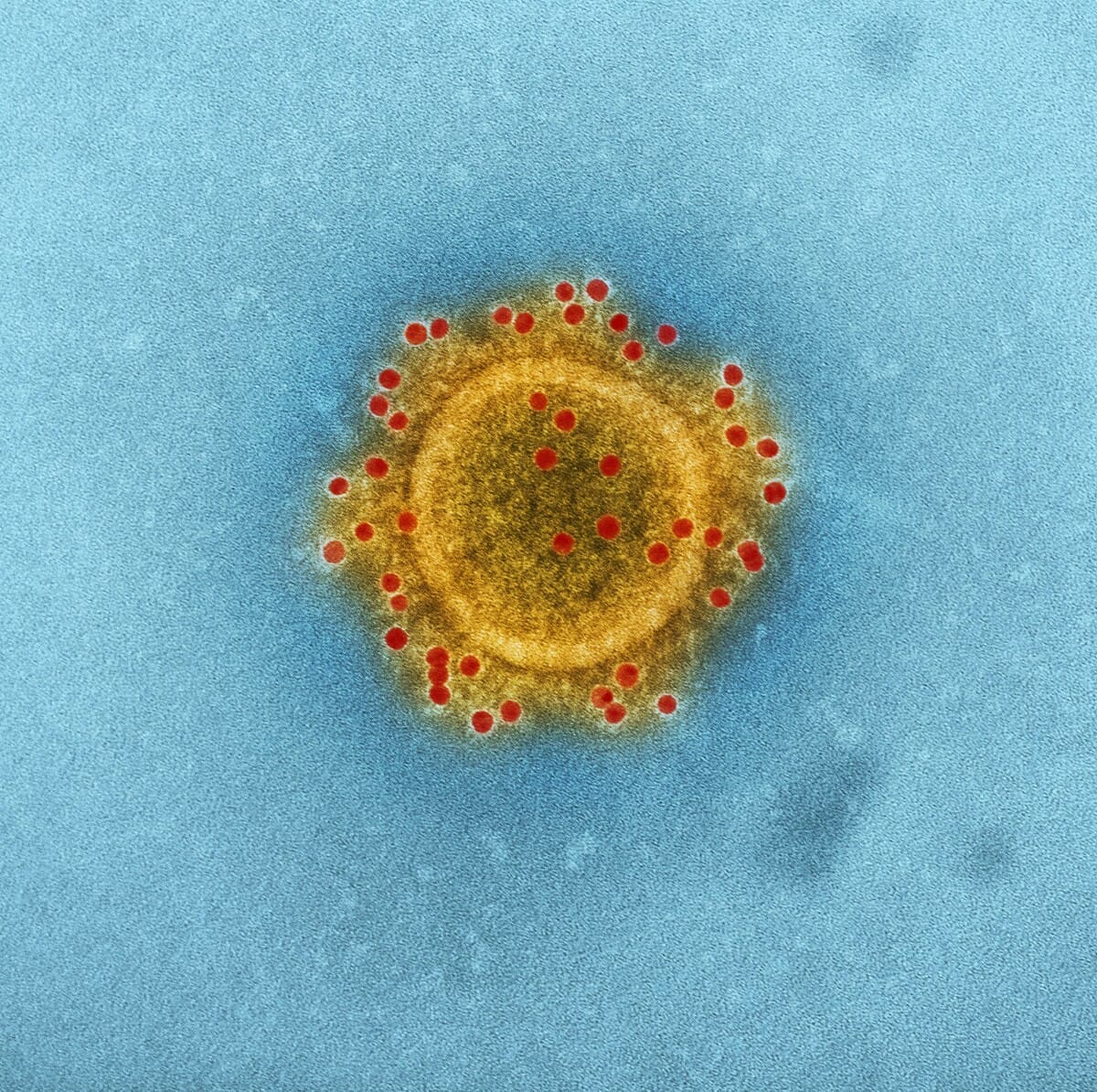From understanding host-pathogen interactions to promoting the adoption of evidence-based interventions, our programme made significant contributions to the fight against malaria and other parasitic diseases.
Parasite biology and host-pathogen interactions
We provided further insights into how gene activity is regulated during the sexual conversion of Plasmodium falciparum – a key step for malaria transmission (1). We also identified a Plasmodium vivax gene (PvSDP1) that enables the parasite to establish chronic, latent infections in the human spleen. Importantly, the PvSDP1 protein is recognised by the immune system, making it a promising candidate for future vaccines (2). For Trypanosoma cruzi infection, our research identified lipid biomarkers that allow the early assessment of treatment response – a major need to improve Chagas disease control (3). Additionally, we observed significant changes in immune-related genes among chronically infected individuals, pointing to potential new biomarkers (4).
Immune protection against malaria
A landmark study of over 1,000 children in six African countries revealed that maternal anti-CSP antibodies passed across the placenta can interfere with the immune response to the RTS,S/AS01 malaria vaccine (5). This could explain the vaccine’s lower efficacy in infants under five months and has strong implications for the design of next-generation vaccines. Our research also provided new evidence on the role of cell-mediated immunity (6) and how vaccine-induced antibodies recognise native CSP forms (7).
Disease burden and transmission
Malaria prevalence studies in the Lihir Islands support the need to target malaria control interventions in non-mining areas (7). In Africa, a CHAMPS network study found the highest burden of malaria deaths in Sierra Leone (42.9%) and Kenya (31.4%), and suggests that, given the high bacterial co-infection rates, antibiotics could help manage severe cases (8). In Mozambique, genomic surveillance of P. falciparum in pregnant women closely matched community transmission trends, demonstrating its potential for cost-effective monitoring (9). Additionally, no signs of resistance to the antimalarial artemisinin and a low prevalence of hrp2/3 deletions were observed in the country, supporting the continued use of current treatments and diagnostics (10). However, there is a need to improve the identification of malaria-transmitting Anopheles mosquitoes to enhance vector control efforts (11).
Public and migrant health
A clinical decision support system was developed to enhance infectious disease screening in migrants. Of 15,780 migrants, 2,410 were tested for at least one infection and 21.1% were diagnosed with at least one condition (12), highlighting the need for targeted screening and prevention. We also developed and tested MALrisk, a machine-learning model that can aid in the timely identification of malaria in non-endemic settings (13). In 2024, a cluster randomized trial validated our ISMiHealth screening program in 35 centers in Catalonia, with further expansion in Andalusia (14). A new interface was developed to integrate the tool into other electronic health records systems.
New treatments
The protein dye YAT2150 demonstrated potent activity against P. falciparum, with no resistance detected after 60 days. It is also effective against P. vivax and Leishmania infantum, making it a promising treatment against malaria and leishmaniasis (15). We also identified a new drug resistance mechanism by which P. falciparum can bypass the action of antimalarials like fosmidomycin with the help of human plasma components (16). A fixed dose combination (FDC) of ivermectin and albendazole, evaluated in a phase 2/3 trial in Ethiopia, Kenya, and Mozambique, showed superior efficacy against Trichuris trichiura and hookworm. This new tablet could be a gamechanger in the control and elimination of soil-transmitted helminths (17).
Looking ahead
In 2024, several new projects were awarded, including the GenMoz2 project for molecular surveillance of malaria in Mozambique, the WHAT for project on protein aggregation in the malaria parasite, and MultiplexAI for the diagnosis of multiple parasites at the point of care.
References
- Nhim S et al. Sci Rep.
- Ayllon-Hermida A et al. Cell Infect Microbiol.
- Gabaldón-Figueira JC et al. Parasit Vectors.
- Ros-Lucas A et al. J Infect Dis.
- Macià D et al. Lancet Infect Dis.
- Mitchell RA et al. npj Vaccines.
- Jairoce et al. J Infect Dis.
- Millat-Martinez P et al. Plos Negl Trop Dis.
- Ogbuanu IU et al. J Infect.
- Brokhattingen N et al. Nat Commun.
- Máquina M et al. Malaria J.
- da Silva C et al. BMJ Open.
- Balerdi-Sarasola L et al. J Travel Med.
- Cruz A et al. Trop Med Int Health.
- Bouzón-Arnáiz I et al. Sci Rep.
- Crispim M et al. PLoS Pathog.
- Krolewiecki A et al. Lancet Infect Dis.















